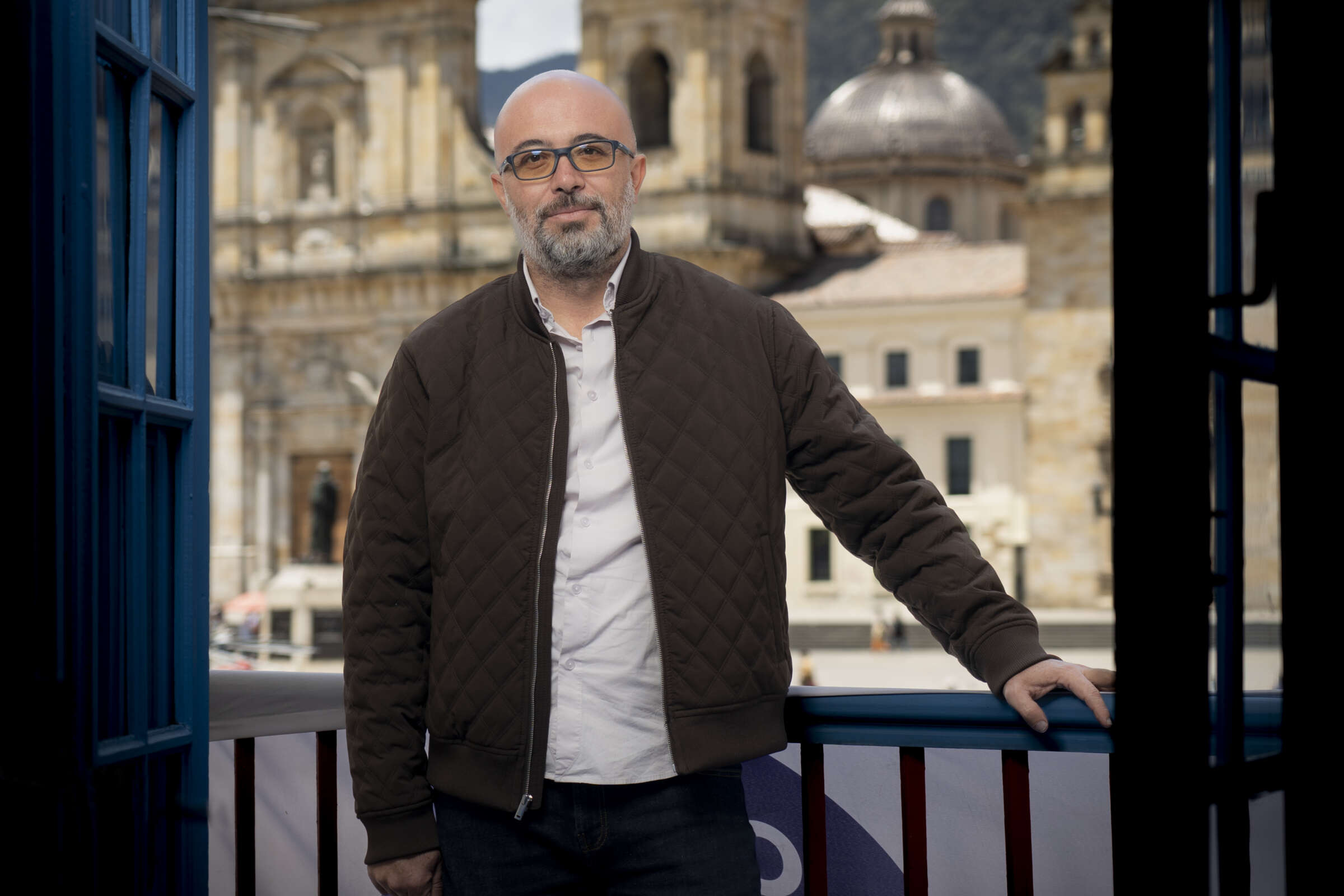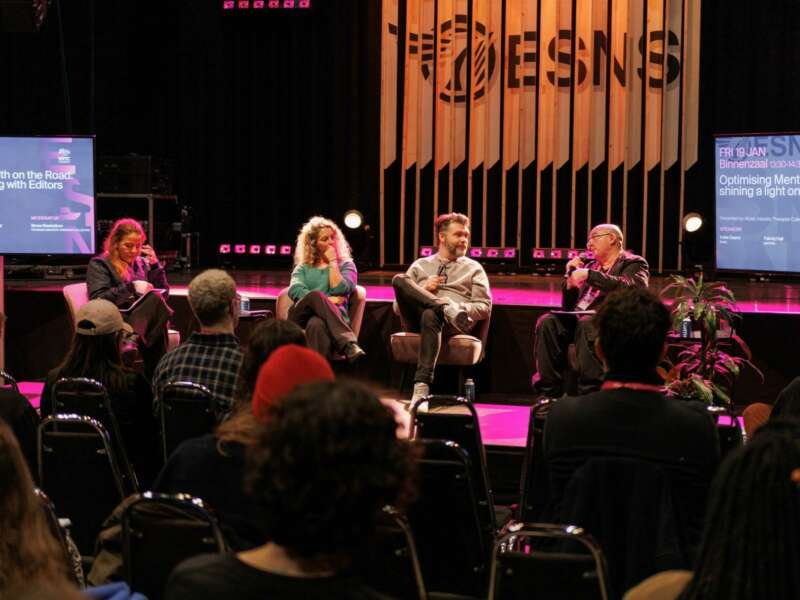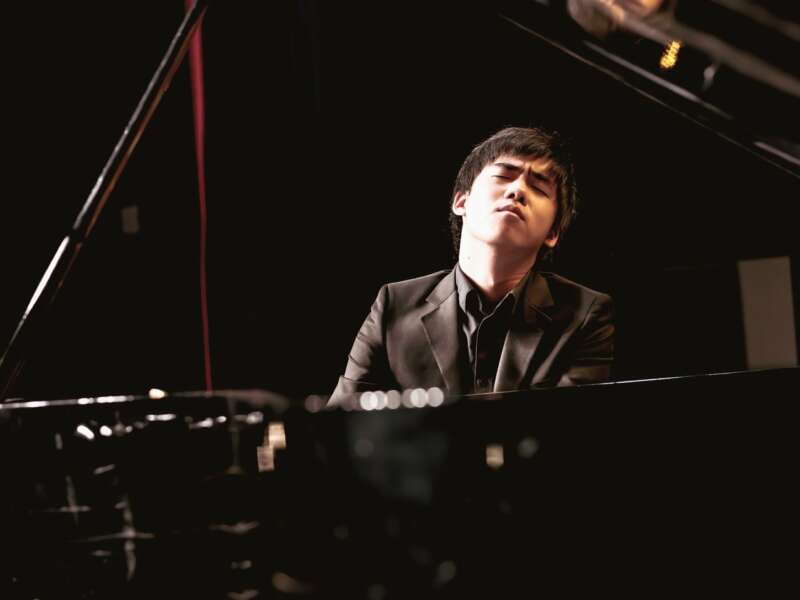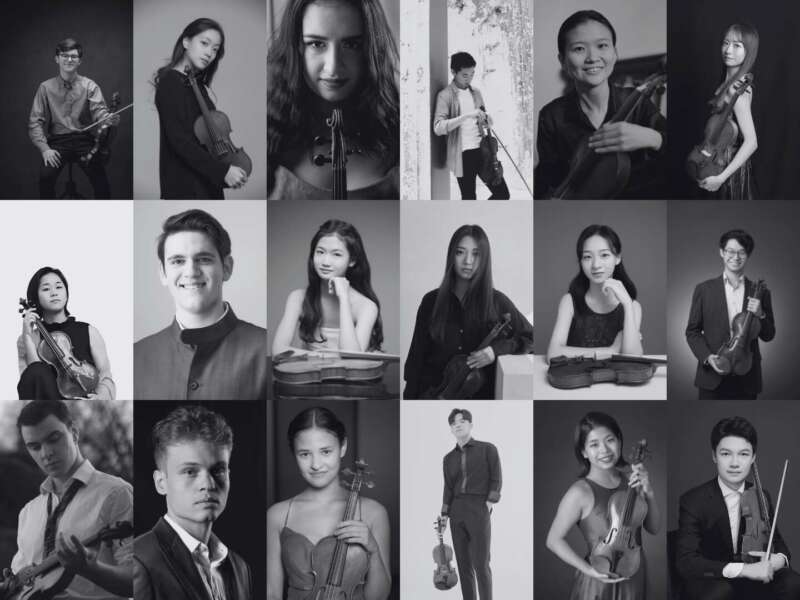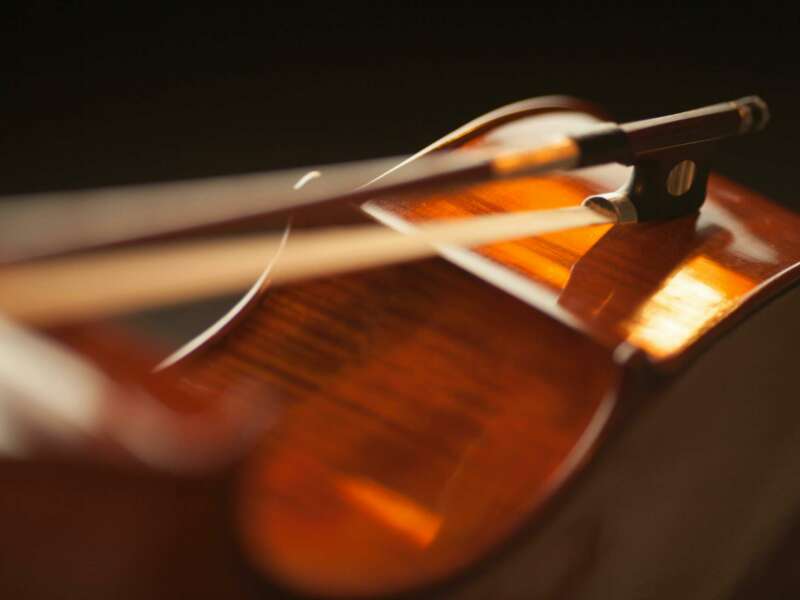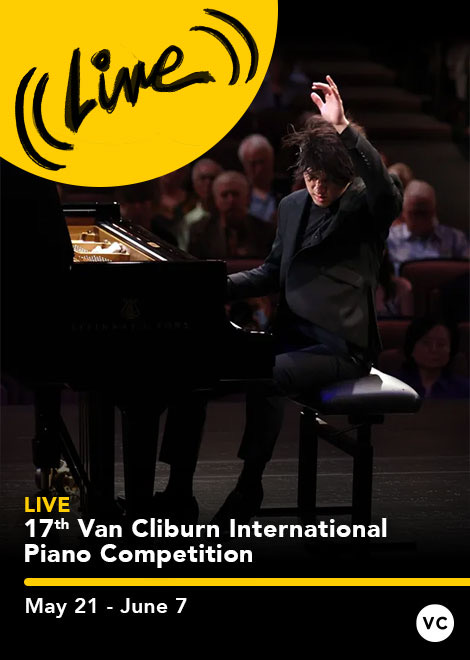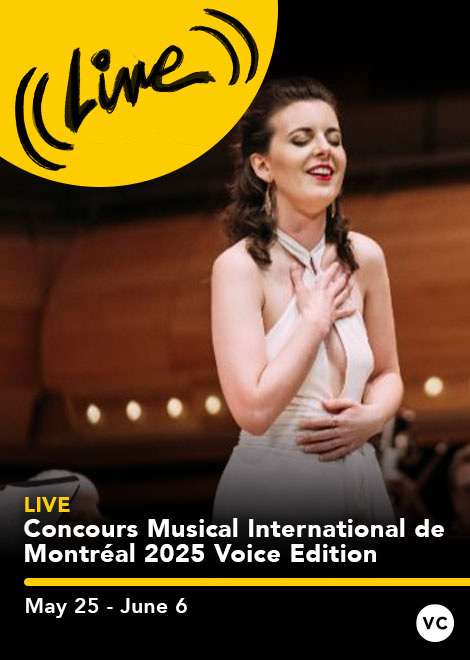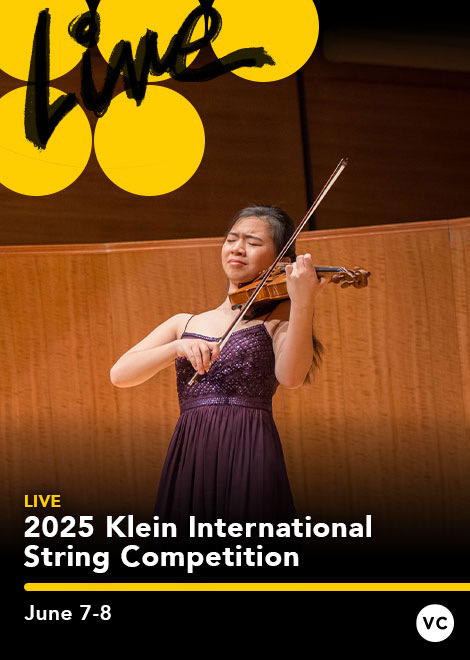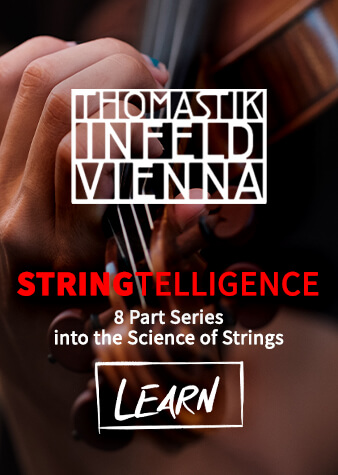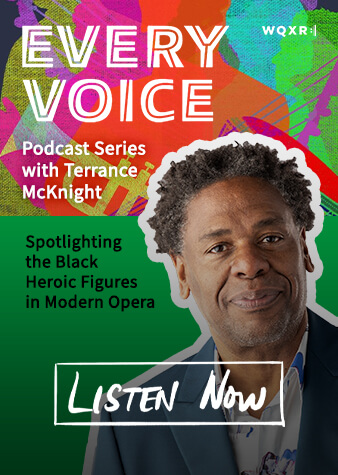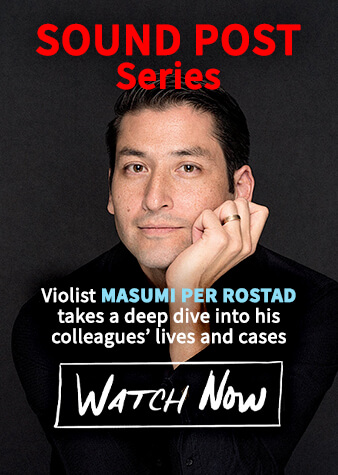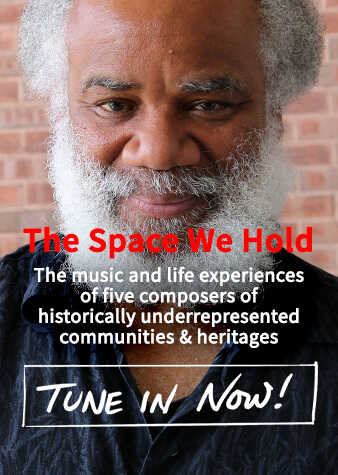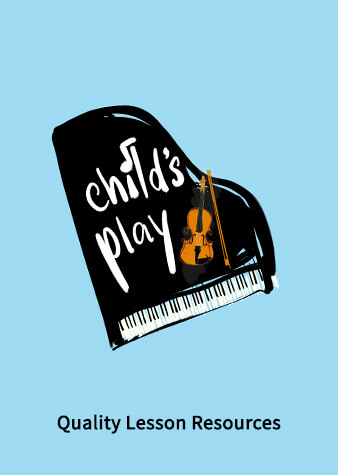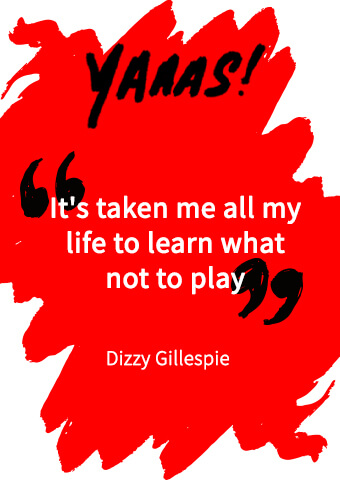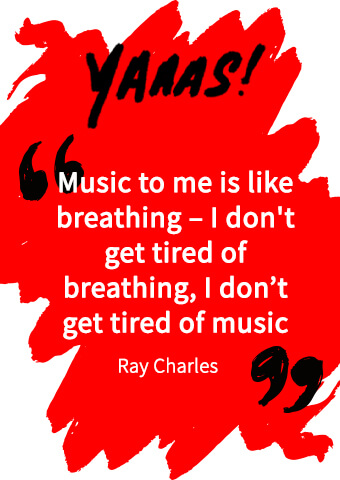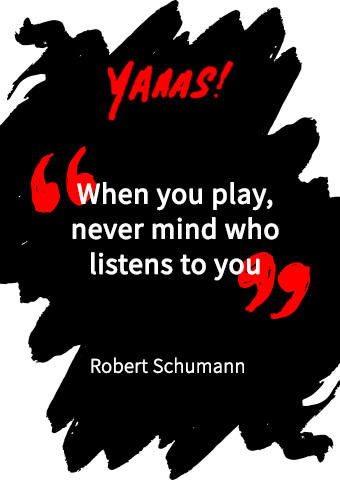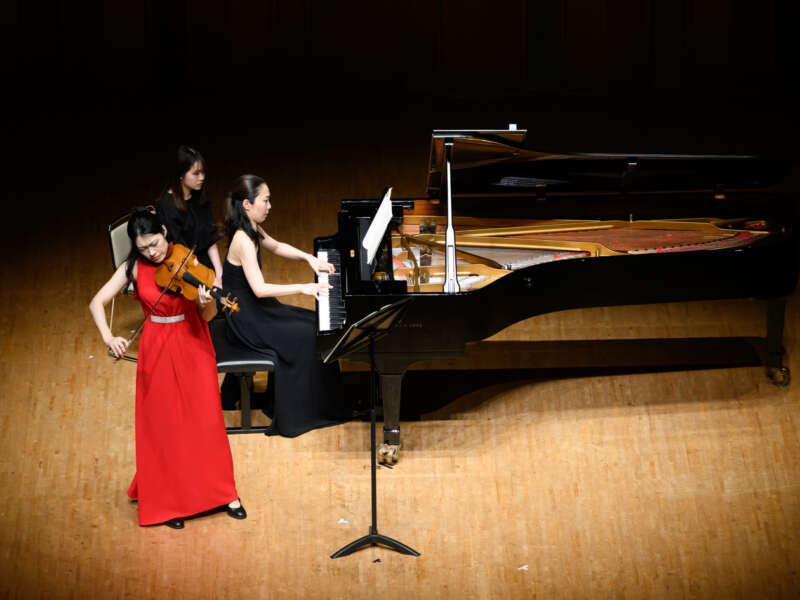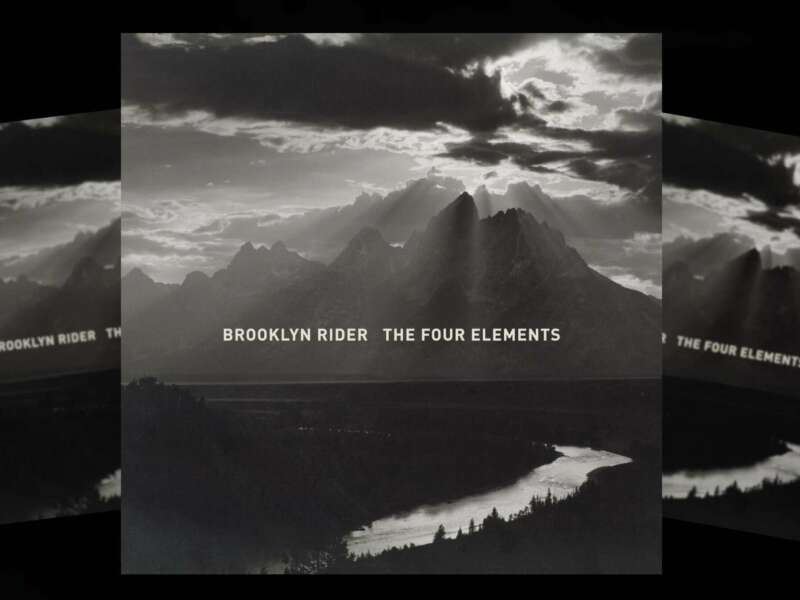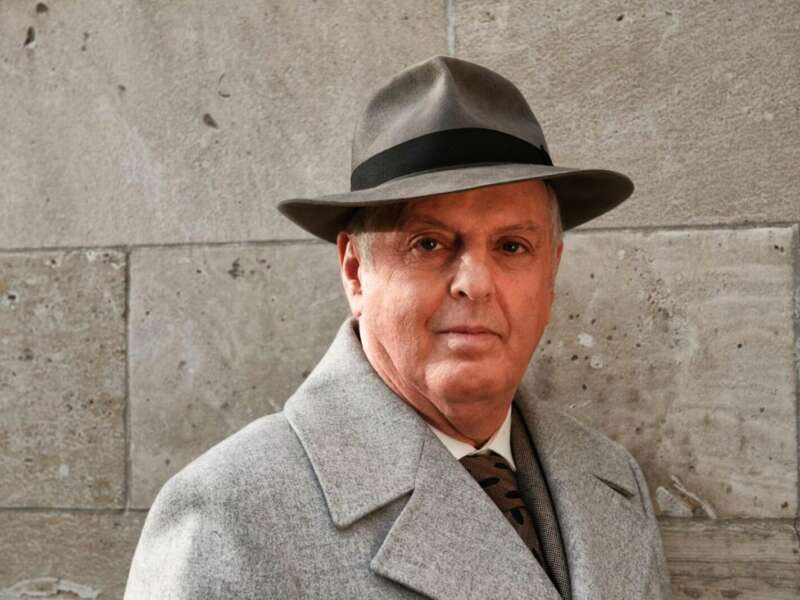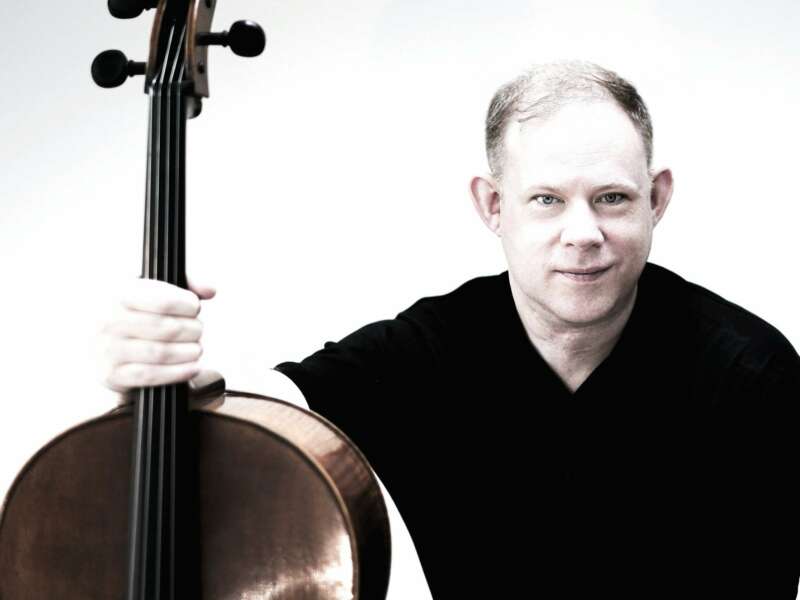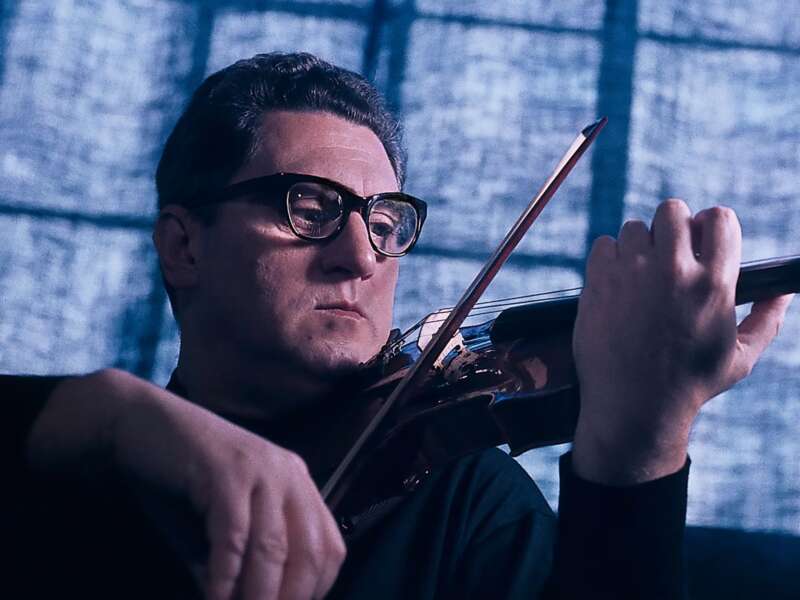Santiago Trujillo on Launching the International Violin Competition City of Bogotá
The new competition is open to violinists up to the age of 30 and will take place in the Fall of 2025
`
Colombia’s inaugural 2025 Bogotá International Violin Competition will be held from October 31 to November 7, at the Auditorio Fabio Lozano and the Teatro Mayor Julio Mario Santo Domingo. The competition is open to violinists of all nationalities up to the age of 30. The competition will award $30,000 USD for the First Prize, $20,000 for the Second Prize, and $20,000 for the Special Prize for the Commissioned Work Performance.
The jury will include Lucie Robert (President), Lee-Chin Siow, Silvia Marcovici, Birgit Kolar, Alexis Cárdenas, and Leticia Moreno.
The application deadline is May 31 at 5 PM Colombia time. For more information and to apply, click here.
We caught up with competition organizer Santiago Trujillo to learn more!
What is the goal of the competition, and who are its organizers?
The Bogotá International Violin Contest is an initiative of unique character in Latin America that is intended to promote excellence in violin interpretation and offer a platform that can strengthen the musical ecosystem in Bogotá.
Bogotá was recognized by UNESCO as a Creative City for Music and has a vibrant movement of classical music, a solid public music education system, and a remarkable network of young and professional orchestras. With its first-rate theaters and enthusiastic audiences, this city is on the map for many important musicians and planners around the world, and has become an important musical epicenter in the region.
This contest is part of the strategy for the internationalization of Bogotá and is the culmination of effort from the mayor’s office, the Secretary of Cultural Affairs, Recreation and Sports, the organization by Teatro Mayor Julio Mario Santo Domingo, the Bogotá Philharmonic Orchestra, the National Association of Symphonic Music, and the Universidad Jorge Tadeo Lozano.
Can you tell us more about the musical life in Bogota?
The Philharmonic System was created 15 years ago in collaboration with the Bogotá Philharmonic Orchestra (OFB) and includes nine symphonic orchestras for children and adolescents from 11 to 18 years old. 1,094 ensembles have emerged from the main philharmonic orchestra. This initiative by the mayor’s office demonstrates how classical and symphonic music can contribute to the construction of citizenship.
We have a solid musical ecosystem that offered 600 concerts in 2024 with important allies such as Teatro Mayor Julio Mario Santo Domingo. We are currently working on the construction of a new site for the Bogotá Philharmonic Orchestra.
In addition, we organize nine free festivals in our parks, which brought 650,000 visitors last year. Bogotá is a diverse city that gathers people from all over the country with their own individualities, ways of being, and multiple musical expressions.
The city of Bogotá is also considered an epicenter for festivals of private initiatives such as Estereopicnic and Cordillera festivals, and a wide range of concerts. This can invigorate a creative and solid economy for the public show business. Overall, the Bogotá audience is an active, educated, and critical public that demands high-level music.
How many candidates will be selected for the competition, and which expenses are covered?
The call for applications is open to every violinist around the world under 30 years old, from which the 20 best violinists will be selected. Those selected violinists will travel to Bogotá with all expenses covered, including tickets, food, and lodging between May 31st and November 7th. Additionally, this contest has an important academic component as international participants will teach free master classes to 50 young Colombian violinists to continue their education process and to promote their careers. The Fundación Ramírez Moreno will also donate 20 violins that will be manufactured with supreme care and quality by a splendid Colombian luthier trained in one of the most prestigious schools in the world. These instruments will be delivered on a gratuitous loan to the 20 most outstanding local violinists in the master classes.
How far is Colombia from London and New York?
You can reach New York with a direct flight in less than six hours and London in less than 11 hours. There are several daily non-stop flights, in addition to other flight routes. Bogota Airport is a connection point for the rest of the continent, not only for passengers but also for cargo to North, Central, and South America, Europe, and Asia. It has become a stop for many routes and sees around 35 million passengers a year.
How many rounds will the participants play in? Which repertoire will be played in each round?
The process of registration is open until May 31st, and participants can follow the conditions for application on our website. For the pre-selection round, applicants must send a video where they interpret two contrasting movements of the same sonata for solo violin by Bach and the first movement of a sonata or sonatina by Mozart, Beethoven, or Schubert with a piano accompaniment. Additionally, they will perform a caprice by Paganini, except for the 24th movement. After the pre-selection round, 20 selected violinists will travel to Bogotá.
During the competition, there will be three rounds. The first two rounds will be held at the Fabio Lozano Auditorium of Universidad Jorge Tadeo Lozano where the participants will perform between October 31st and November 2nd the following pieces: the first movement with cadences from Concerto 3, 4 or 5 by Mozart; Sonata No. 3 by Ysaÿe, Pampeana No. 1 by Ginastera and one piece of choice between Legend Op. 17 and Polonise in D Major Op. 4 or Legend, Op. 17 and Scherzo-Tarantella in G Minor, Op. 16 by Wieniawski,.
10 semi-finalists will perform one of Brahms' three sonatas for violin and piano, Caprice 24 by Paganini, Sonata No. 2 by Prokofiev and a work especially commissioned for the competition between November 4th and 5th. Colombian composer Carolina Noguera has been commissioned to compose a piece that contestants must perform. This piece is called Serenata pagana (Pagan Serenade). 20 contestants travelling to Bogotá will be given the score of the piece.
The best three contestants will advance to the final. On the gala night of November 7th, at the Teatro Mayor Julio Mario Santo Domingo, the finalists will be able to choose between the Violin Concerto in D Major, Op. 61 by Beethoven, the Violin Concerto in D Major, Op. 77 by Brahms or the Violin Concerto in D Minor, Op. 47 by Sibelius. In addition, they must play an encore for solo violin of their choice, with up to 3 minutes in length.
Which orchestra will be accompanying the finalists?
The three finalists will perform with the Bogotá Philharmonic conducted by Maestro Joachim Gustafsson on November 7th, at Teatro Mayor Julio Mario Santo Domingo. The participants will compete for a prize pot of USD 70,000, of which USD 30,000 will be awarded to the winner, USD 20,000 to second place, and USD 20,000 will be given as a special prize for the best interpretation of a commissioned piece. The first-place winner will give a concert with the Bogotá Philharmonic Orchestra during the 2026 season.
What can you tell us about your jury?
In any competition, juries are fundamental. Not only because they can guarantee the quality of the event, but also because juries are one of the most interesting reasons for participants to decide to register. In the case of the Bogotá International Violin Contest, we will have five violinists and teachers of international caliber who will deliberate about the 20 contestants. Additionally, our president of the jury is one of the most prestigious violin interpreters and teachers in the world.
Romanian Silvia Marcovici is one of the members of our jury. She received the Special Prize presented to him by Prince Rainier of Monaco himself and won first place in the George Enescu Competition in Bucharest. She has performed with the London Symphony Orchestra, the Royal London Philharmonic, the French National Orchestra, and the New York Philharmonic. She has been fortunate to collaborate with conductors such as Claudio Abbado, Sergiu Comissiona, Bernard Haitink, Eliahu Inbal, Neeme Järvi, Zubin Mehta, Riccardo Muti, André Previn, and Mstislav Rostropovich.
The second jury member is Lee-Chin Siow from Singapore. She rose to fame when she won gold medals at the Henrik Szeryng, Mexico, and Louise D. McMahon, Oklahoma, USA, competitions. She has taught master classes at the Central Conservatory in Beijing, the Music Institute of Chicago, the National Young Orchestra of Singapore, and is a violin professor at the College of Charleston. She has also performed at venues such as Carnegie Hall, Royal Albert Hall, and the Kennedy Center. As a soloist, she has collaborated with orchestras such as the Royal Philharmonic and the Houston Symphony.
Leticia Moreno is the Spanish member of the jury who has Peruvian roots. She studied with Rostropovich at the Reina Sofía Higher School of Music in Madrid and at the University of Music and Dance in Cologne. She has performed as a soloist with orchestras such as the Vienna Symphony, the St. Petersburg Philharmonic, the London Philharmonic, the Mahler Chamber Orchestra, and the St. Petersburg Mariinsky Theater Orchestra, under the baton of conductors such as Zubin Mehta, Esa-Pekka Salonen, Vladimir Ashkenazy, Paavo Järvi, and Yuri Temirkanov.
Birgit Kolar is another celebrity in the world of the violin and the Austrian contribution to the jury. She is a violinist awarded in the Yehudi Menuhin International Competition and played under the baton of Lord Menuhin. She has been concertmaster of the Linz Bruckner Orchestra, the Vienna Symphony Orchestra, and the Munich Radio Orchestra. As concertmaster, she has also been invited by orchestras such as the Bavarian State Orchestra, the Symphony Orchestra of the Gran Teatro del Liceu in Barcelona, and the BBC Philharmonic.
The fifth jury member is one of the most outstanding Latin American violinists, Alexis Cárdenas, coming from Venezuela. He studied at the Juilliard School in New York, under the guidance of Margaret Parde, and the Conservatoire National Supérieur de Musique in Paris, with Olivier Charlier. He has lived in the city of Paris for almost 30 years and is a concertmaster for the Orchestre National de France.
As president of the jury, we have Lucie Robert, from Canada. She was the winner of the First Joseph Joachim International Violin Competition in Austria and has collaborated with artists such as Menahem Pressler, Richard Goode, Claude Frank, Philippe Entremont, and Isidore Cohen. She perpetuates the great violin tradition given by her teacher and mentor, the legendary Josef Gingold. She has been a violin professor at the Manhattan School of Music since 1988 and in 2023 received the Presidential Medal for Distinguished Service, the highest award bestowed by the institution. She teaches at Mannes College of Music and has taught master classes at prestigious institutions such as the Seoul National University, the Korea National University of the Arts, the Pekin Central Conservatory of Music, the Shanghai Conservatory of Music, the Tokyo College of Music, the Franz Liszt Music Academy in Budapest, the University of Music and Dance in Cologne, the Yong Siew Toh Conservatory, the Oberlin Conservatory, the Sibelius Academy, the Norwegian Academy of Music, the Glenn Gould School and the Montreal Conservatory of Music. He has been a jury member at competitions such as the Montreal Competition, Fritz Kreisler, Kumho, József Szigeti, Seoul, Joseph Joachim, Isang Yun, Jean Sibelius, and the Louis Spohr Competition for Young Violinists.
The names of the jury members for the Bogota International Violin Contest send a clear message, not only about fairness and equity for the competition but also about excellence.
What do you expect from this event?
Bogota has consolidated a cultural infrastructure like none other in the region. The key to this consolidation is not only the number of venues, but also the capacity to articulate training and circulation of the artistic ecosystem in a sustainable manner. This International Violin Competition in the City of Bogota is an example of how these infrastructures can be used to consolidate a long-term vision. By being inserted into an ecosystem already having a network of young orchestras, a robust musical training system, and high-level programming in the city's theaters, this competition can make talents visible, generate connections, transfer knowledge, and offer international opportunities for local musicians. In the long term, these initiatives make it possible for Bogota to continue positioning itself as an epicenter of classical music in Latin America. And beyond recognition, the real impact of these initiatives lies in the capacity of these musical spaces to invigorate cultural life, promote equal access to music, and consolidate an artistic community without losing its local identity.
One significant factor in guaranteeing the future continuity of the competition is the place that culture occupies in the public policies in Bogota. We hope this contest emerges as an organic step towards the evolution of the city's musical ecosystem. It is not about simply creating an event, but fulfilling a real need: the need to strengthen a system that has been maturing significantly in recent years.
The continuity of this competition will depend not only on the administrative management but also on its coherence with the development of the musical sector, its symbolic value, and its ability to integrate itself naturally into Bogota’s cultural agenda. In this sense, this contest is not an isolated element but a new link in a chain of sustained efforts that have consolidated the city of Bogotá as a musical reference in the region. This involvement in the ecosystem can give solidity and a future projection.
june 2025
july 2025


